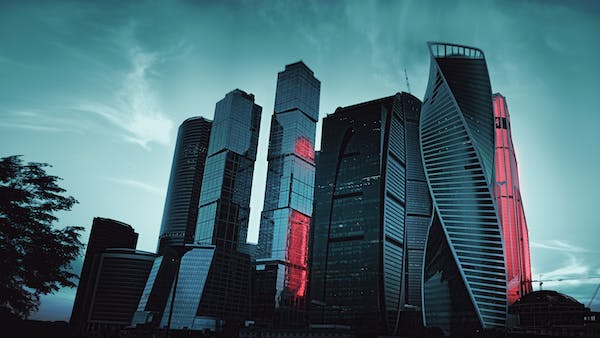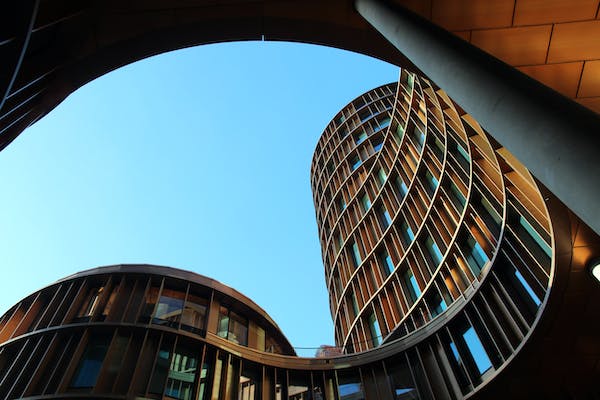Architect
The world of Architecture: Urban Design and Development
Urban Design and Development:
The world of architecture, urban design and development is a fascinating and constantly evolving field that encompasses a wide range of disciplines and styles. From ancient ruins to cutting-edge skyscrapers, architecture blends functionality and aesthetics to create structures that serve a purpose and inspire wonder.
One of the most important aspects of architecture is sustainability. As awareness of the need to conserve resources and reduce environmental impact grows, architects increasingly incorporate sustainable design principles into their work. They might use renewable energy sources, such as solar or wind power, or incorporate green spaces, such as rooftop gardens, into their building designs.
Adaptability is another crucial aspect of architecture. With the rapid pace of technological change and the growing need for flexibility in the built environment, architects are exploring new ways to design structures that can easily adapt to changing needs. They might use modular or prefabricated building systems, which allow for easy expansion or modification, or design flexible spaces, such as open-plan offices, that can be reconfigured to suit different uses.
In the world of architecture, technology plays a major role.
From Urban Design and Development to construction and post-construction phases, technology assists architects in many ways. Architects use BIM (Building Information Modeling) for design, virtual and augmented reality for presentations, drones for surveying, 3D printing for prototyping, and IoT for building management.
Architecture also encompasses a wide range of styles and movements. From the grandeur of Baroque and the simplicity of minimalism to the futuristic curves of Deconstructivism, each style reflects the cultural and historical context of its time, as well as the changing priorities and values of society.
Creativity and experimentation thrive in architecture. Architects explore new forms and shapes, play with light and shadow, use different materials, and push the limits of engineering to create visually striking and memorable buildings that become architectural landmarks.
Architecture involves more than just designing buildings; it also includes creating spaces that enhance the human experience. Architects design spaces that improve human well-being and enhance the quality of life, from comfortable living spaces to tranquil parks.
Context is essential in architecture. Architects must consider the surrounding environment, cultural context, and historical context of the site. It is important for them to ensure the building harmonizes with its surroundings and the community.
Collaboration and cooperation define the world of architecture. Architects work with engineers, construction managers, and other specialists to turn their designs into reality. The teamwork and coordination between these professionals are essential for a project’s success.
Finally, architecture constantly evolves and changes. As new materials, technologies, and design approaches emerge, architects must stay up-to-date with the latest developments to stay relevant and continue pushing the boundaries of what is possible.
In conclusion, architecture is a dynamic and multidisciplinary field that encompasses a wide range of disciplines, styles, and concerns. Architects blend functionality and aesthetics to create structures that serve a purpose, inspire wonder, and improve the human experience, focusing on sustainability, adaptability, creativity, and collaboration.
.


